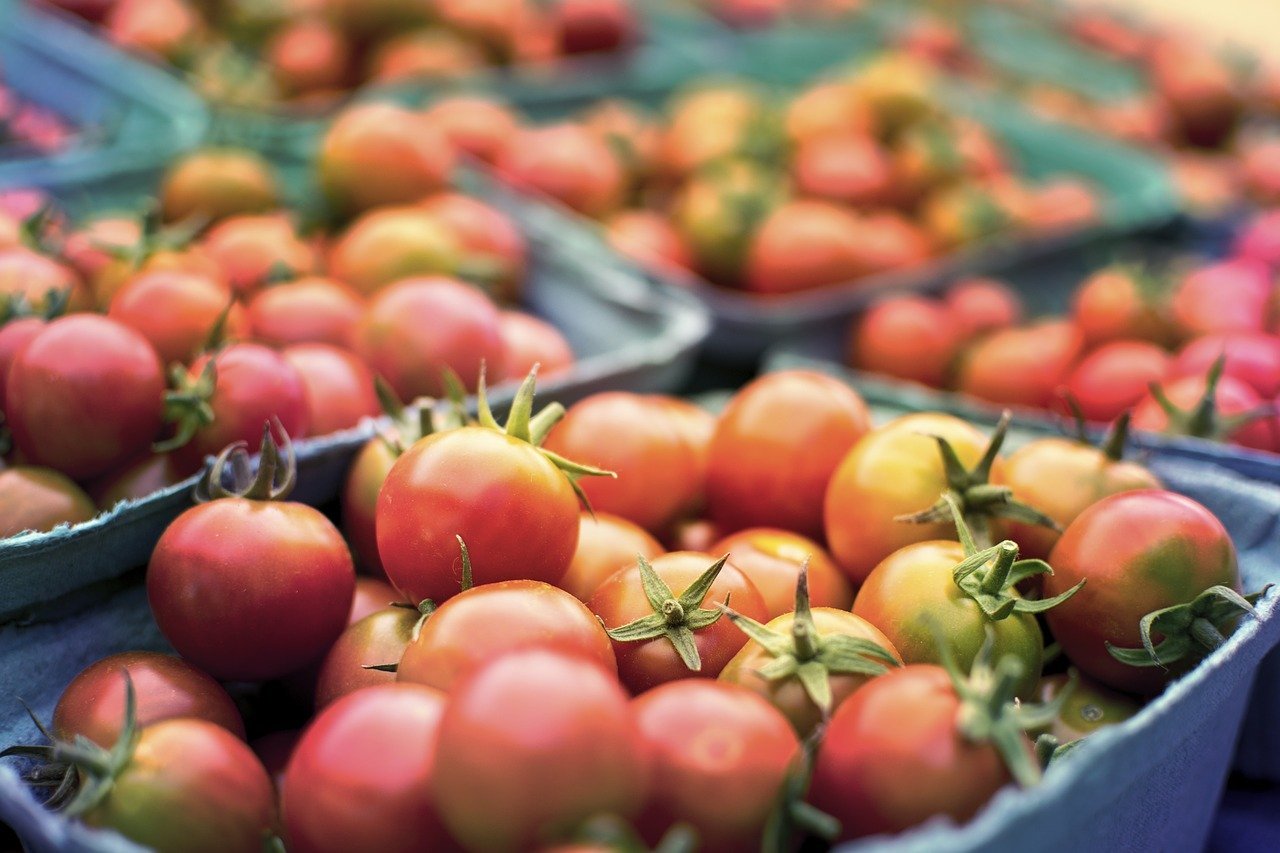The traditional supply chain for fresh produce is notoriously complex and opaque. In the US, about 35% of the produce on supermarket shelves is imported, with the rest coming from California and Florida. Currently, the average item travels about 2,000 miles to reach stores, taking up to two weeks to get there and passing through several middlemen along the way. Not only does this mean that produce in stores often loses quality and freshness, but it also risks contamination. Hundreds of people in the US have been hospitalised over the last few years following E. coli outbreaks stemming from contaminated produce.
Q1 2020 hedge fund letters, conferences and more
Overcoming Fresh Produce Supply Chain Issues With Vertical Farming
Vertical farming could help overcome these problems. It is a process where crops are grown indoors under carefully controlled environmental conditions, enabling growth for 365 days a year, with yields hundreds of times higher than traditional agriculture. By setting up vertical farms in and around major urban population centres, companies could significantly cut the distance travelled and time taken for produce to reach consumers, cutting out many of the middlemen in the supply chain, with local farmers directly supplying retailers or consumers.
However, growing produce indoors using artificial lighting and environmental controls is not cheap and vertical farming companies charge a premium for their produce – Bowery Farming kale retails for $3.99 for 4.5 oz in New York City Whole Foods, about three times more per lb than Whole Foods Organic baby kale.
From “Vertical farming: 2020-2030”, a new report from IDTechEx, please visit www.IDTechEx.com/VertFarm to find out more.
Conventional Agriculture vs Vertical Farming
Could the potential for supply chain disruption help vertical farms reach price parity with conventional agriculture? Is this even the right approach, when vertical farms are growing a product clearly superior to conventional produce? “Vertical farming: 2020-2030”, a new report from market intelligence company IDTechEx, explores and compares the supply chains and economics of conventional agriculture and vertical farming, evaluating whether vertical farming has a future and identifying the key factors that could lead to the success of the industry.














